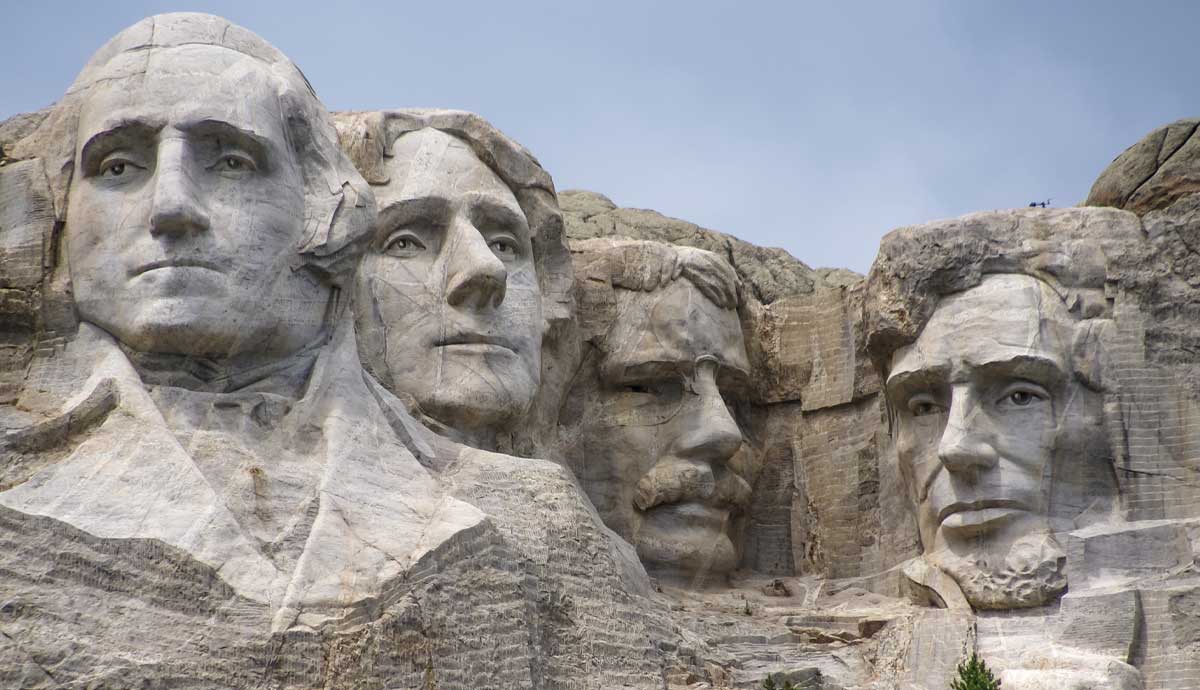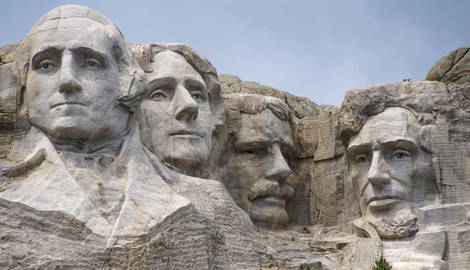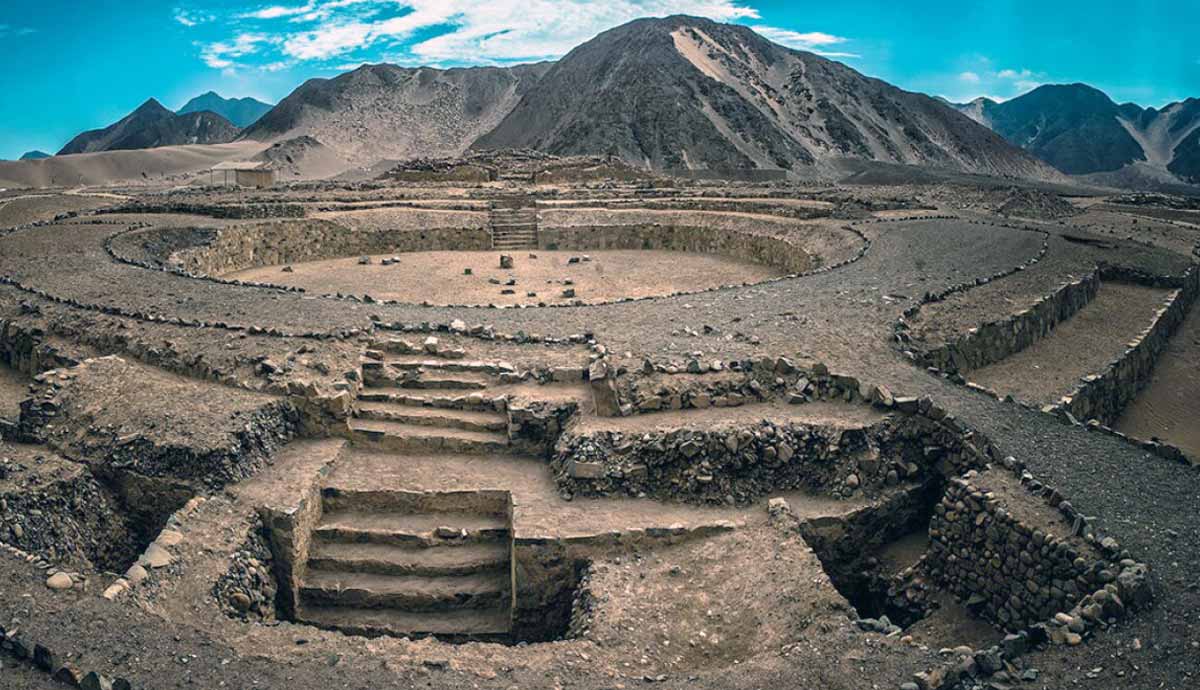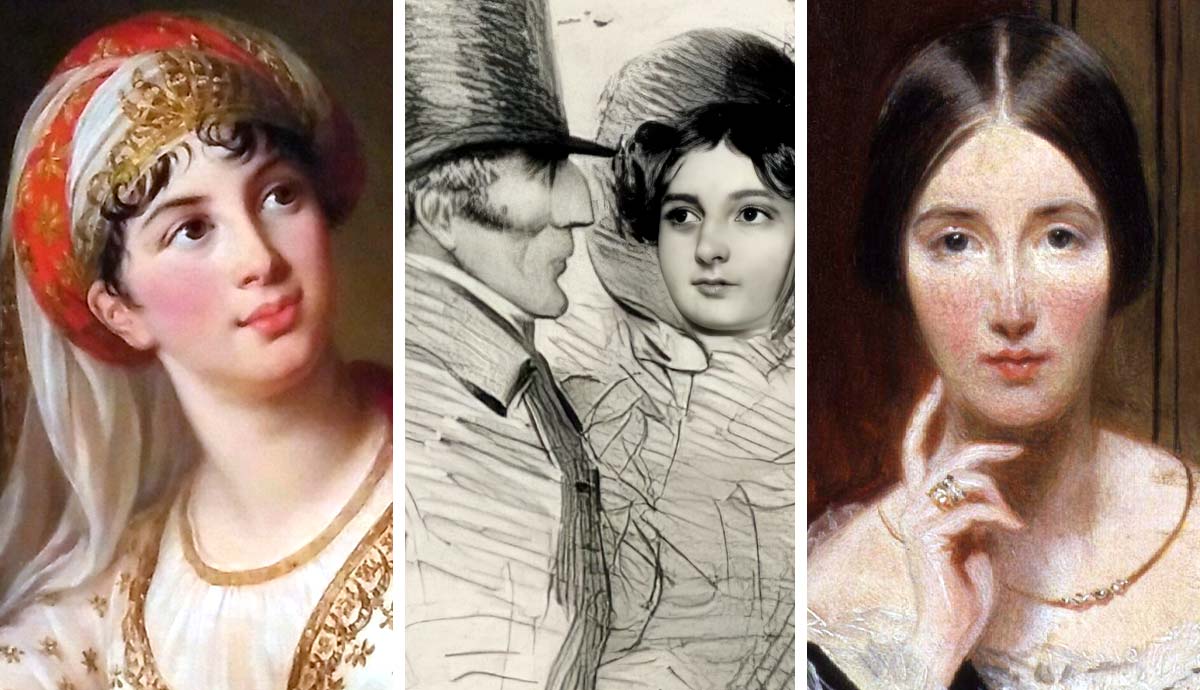
The path toward becoming the president of the United States is rigorous, steeped in tradition, and a mix of qualifications and campaigning. The journey can take decades of preparation to culminate in heartache or euphoria. In the end, and as the Founding Fathers intended, it is all up to the American People and their chosen electors.
First of Its Kind

When the Founding Fathers conceived the idea for the office of the president of the new United States, the rest of Europe, with its long-standing monarchies and nobility, undoubtedly doubted the success of the democratic experiment. As historian David C. Whitney stated in his The American Presidents (2009, 11th edition, p. vii) the statesmen of the “Old World” predicted that the system of an elected citizen presiding over a nation would not last and that “a strong president would refuse to bow to the wishes of the electors and would make himself king for life, or that a weak president would be cast out of office by revolution before his four years were up.” Needless to say, they were wrong.
The American political system, with its branches, checks and balances, electoral procedures, and electoral college, is confusing. Yet, at the center is a tried and true understanding that the American people have the right to change their leaders at pre-set intervals—a concept that, undoubtedly to the dismay of European monarchies of the 18th century, has yet to be disproved. The people can influence political policies every few years by supporting or rejecting congressional candidates and retaining or dismissing presidents. As showcased by the election of 1800, which historians have dubbed an “election revolution,” a Federalist, John Adams, peacefully handed over power to a Republican, Thomas Jefferson, proving the system worked.
Constitutional Requirements

The United States Constitution is very specific in describing the proper qualifications for the office of the president. One of the most foundational requirements, as spelled out in Article II, for holding the executive office is that the individual must be a natural-born citizen, a stipulation rooted in the desire of the Founding Fathers to ensure that the person holding the highest office in the land did so with an inherent loyalty to the country.
The Constitution also specifies that the president must be at least 35 years old, an age chosen in the 1780s as a marker of having attained sufficient maturity and life experience, especially when the average life expectancy was thirty-eight. To ensure that the new leader had a deep understanding of the country’s needs, challenges, and values, the Founding Fathers stipulated that the president must be a resident of the United States for at least fourteen years before running for office.
While it was explicitly stated the executive would have to submit themself to judgment by the people every four years through a new election process, it would not be until the 22nd Amendment, ratified in 1951, that the presidential terms were limited to two.
To this day, the closest individuals to the minimum age marker at the time of their inauguration have been Theodore Roosevelt (42) and John F. Kennedy (43). While none dared to break George Washington’s precedent of stepping down after two terms in office, the World War II calamity saw President Franklin D. Roosevelt elected four times to help guide the nation through one of history’s gravest conflicts.
The Election Process

Becoming president of the United States is a rigorous and multifaceted process of campaigning, navigating through primary elections and caucuses, and finally winning the general election—all of which begins years before the election date, which is set for the first Tuesday after the first Monday in November. The primary elections and caucuses start about a year before the general election. These serve as a testing ground for potential candidates to demonstrate their political viability and to gain delegates to support them at the parties’ national conventions.
While the primaries work like the general elections in that voters cast ballots for their preferred candidates, the caucuses are interactive and community-based local meetings that involve rounds of voting and negotiations. The Iowa and New Hampshire primaries have traditionally been the most significant because they are the first to take place and thus set the tone for the rest of the potential candidate’s campaign. Once determined, the outcome of all the primaries and caucuses dictates the allocation of delegates to the respective candidates. At the conventions that follow, one for each major party, a candidate who receives the most delegate votes becomes formally nominated to represent the said political party in the general election.
The Electoral College

Once the candidates are chosen, the focus shifts to the general election and the Electoral College, a process often debated and misunderstood by many. The Electoral College is a system composed of electors from each state, with the number allocated to each one determined by the number of senators and representatives a given state has in Congress at the time of the election. When individual American voters cast their ballots on election day in November, they are, in turn, signaling to their state’s electors the candidate to whom that given state should pledge its electoral votes. The individual who receives the majority of the electoral votes of at least 270 from the current 538 wins the presidency.
The Electoral College system emphasizes the importance of each candidate winning individual states, especially those with larger populations and greater electoral votes. As such, swing states often play a decisive role in the election’s outcome, as their electors’ pledges are not entirely known until the general election in November. Because the swing states change, as their moniker suggests, between supporting the different party candidates during each election cycle, they are promptly identified and targeted by both major-party campaigns as they could be plausibly won by either.
Becoming President

After the general election results are in, the final step in becoming the president of the United States is the formal inauguration, which takes place on January 20, following the election year. At the center of the ceremony is the swearing-in, during which the president-elect takes an Oath of Office administered by the Chief Justice of the Supreme Court to “preserve, protect, and defend the Constitution of the United States.”
Typically held on the steps of the US Capitol Building, the inauguration is witnessed by a large audience of dignitaries, political leaders, and the American people, both those who show up in Washington DC and those who watch on their televisions from home.
Apart from the inaugural address, where the new president outlines their vision and goals for the country, one of the most significant aspects of the day’s celebrations is the peaceful transfer of power from the outgoing head of state to the incoming president. Often viewed as the cornerstone of the American democratic process and a lawful and orderly transition of authority, the symbolism also includes the outgoing leader typically leaving behind a letter to their successor as a gesture of support and goodwill.
The next day begins the real test of character, one on which depends the fate of a nation. Famed American novelist John Steinbeck perhaps said it best: “We give the President more work than a man can do, more responsibility than a man should take, more pressure than a man can bear… We wear him out, use him up, eat him up… He is ours and we exercise the right to destroy him.”
No one ever said the job was easy.










